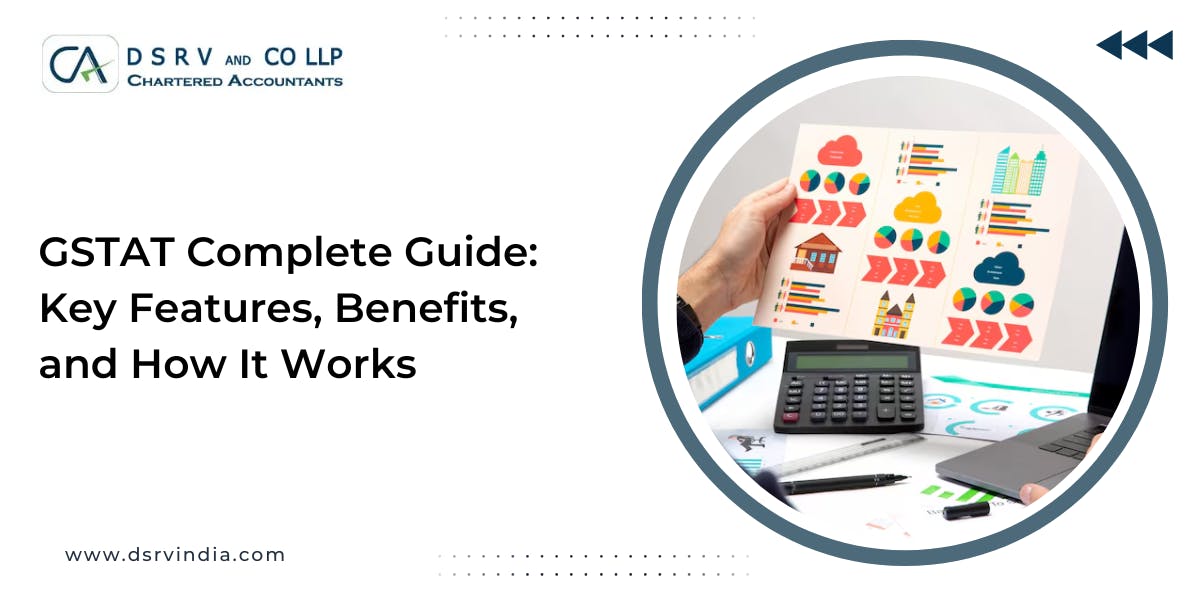1. Tax Optimization Across Jurisdictions
One of the prime advantages of transfer pricing is that it can optimize taxes across jurisdictions. Intercompany transactions can be so staged that profits can be transferred to subsidiaries in countries that may have more tax-friendly rates, thus reducing a firm's overall tax burden. This is quite attractive for multinationals; they can now reap a greater profit without offending tax rules.
These complexities can be managed for a business through professional guidance that is taken through consulting with tax consultants in Gurgaon to have valuable insights for structuring transactions to achieve optimal tax outcomes.
Also Read: Benefits of Outsourcing Your Corporate Tax Planning in Gurgaon
2. Enhanced Compliance with Local Regulations
Transfer pricing rules are stringent, much more in a country like India where the tax authorities are cautious to monitor cross border transactions as much as possible to prevent tax evasion. A current transfer pricing study report can help a company claim compliance with the arm's length principle and thus reduce penalties or litigation challenges from the tax authorities.
Support in Disputes or Compliance Challenges: For firms looking to enter or expand into India, GST litigation consultants would prove immensely helpful in dealing with possible disputes or compliance issues in audits or probes.
3. Reduction of Double Taxation
One other vital benefit of transfer pricing is the minimization of the risk of double taxation. Sometimes, double taxation occurs in cross-border transactions where two the operating country of the subsidiary and the operating country of the parent- participate in taxing the same profits at the same time. Proper documentation and the existence of a transfer pricing agreement will be beneficial to the negotiation of double tax treaties and the removal of any possible threats of unnecessary tax liabilities from cross-border transactions. As a result, income will not be taxed twice.
4. Improved Cash Flow Management
The most important feature of a firm dealing with subsidiaries of any business across international borders is the management of cash flow in the company. The company can manage transactions between entities and control funds to maximize liquidity within the group, thereby controlling the flow of funds. Techniques from transfer pricing will also result in an efficient distribution of resources. Thus, it can easily reinvest the profits or manage working capital by companies.
5. Strategic Pricing for Intangible Assets
At times, the value of intangible assets, such as intellectual property, maybe a valuable determinant in intercompany transactions. Proper management of the pricing of such an asset through an effective study report on tp will let the company draw cost efficiencies while keeping the intellectual assets controlled. The correct value and pricing of IP under transfer pricing result in proper taxation of all related intangible asset payments, royalties, and licenses.
6. Aligning Business Strategy with Global Operations
Transfer pricing can be used by companies to align the financial strategy with the broader corporate goals. It is at this point that companies can use intercompany transactions for support of growth strategies, allocate the resources to where they are needed the most, and boost competitiveness worldwide. Thus, aligning business corporations, no matter their capacity to expand internationally, will stay focused on profitability and conforming.
For example, by working closely with a Chartered Accountant in Gurgaon, the transfer pricing strategies found in business plans can be streamlined to ensure a smooth interface between the financial and operational activities of a multinational business.
7. Enhanced Profit Reallocation for Global Efficiency
One of the less visible transfer pricing benefits is profit reallocation among different subsidiaries to maximize overall efficiency. The correct adjustment in intercompany transaction prices allows businesses to have control over the distribution of profits and losses between various subsidiaries. This means that companies can ensure each subsidiary has whatever is needed to efficiently operate and, consequently, enhance performance by the group. This strategy is very helpful in recessionary cycles of some geographies due to its effect of making the business balance sheet stable.
8. Risk Management and Reduction of Tax Controversies
A well-documented transfer pricing strategy can also serve as a control mechanism of managing significant risks. Strict adherence to the arm's length principle and proper record-keeping can help prevent possible disputes with the tax authorities in case of a tax audit. In such a scenario, businesses need to be ahead of others with their transfer pricing policies while developing elaborate tp study reports. It can act as an effective shield when taxes are subjected to scrutiny, and, thereby, reduces the prospects of long-drawn litigation and heavy penalties. It gives peace of mind to the business fraternity so that free from the hassles of regulators' jerks, they can seriously think about growth.
Best Practices for Leveraging Transfer Pricing Benefits
To fully realize the transfer pricing benefits, it’s essential to follow best practices that ensure compliance and optimal tax planning:








